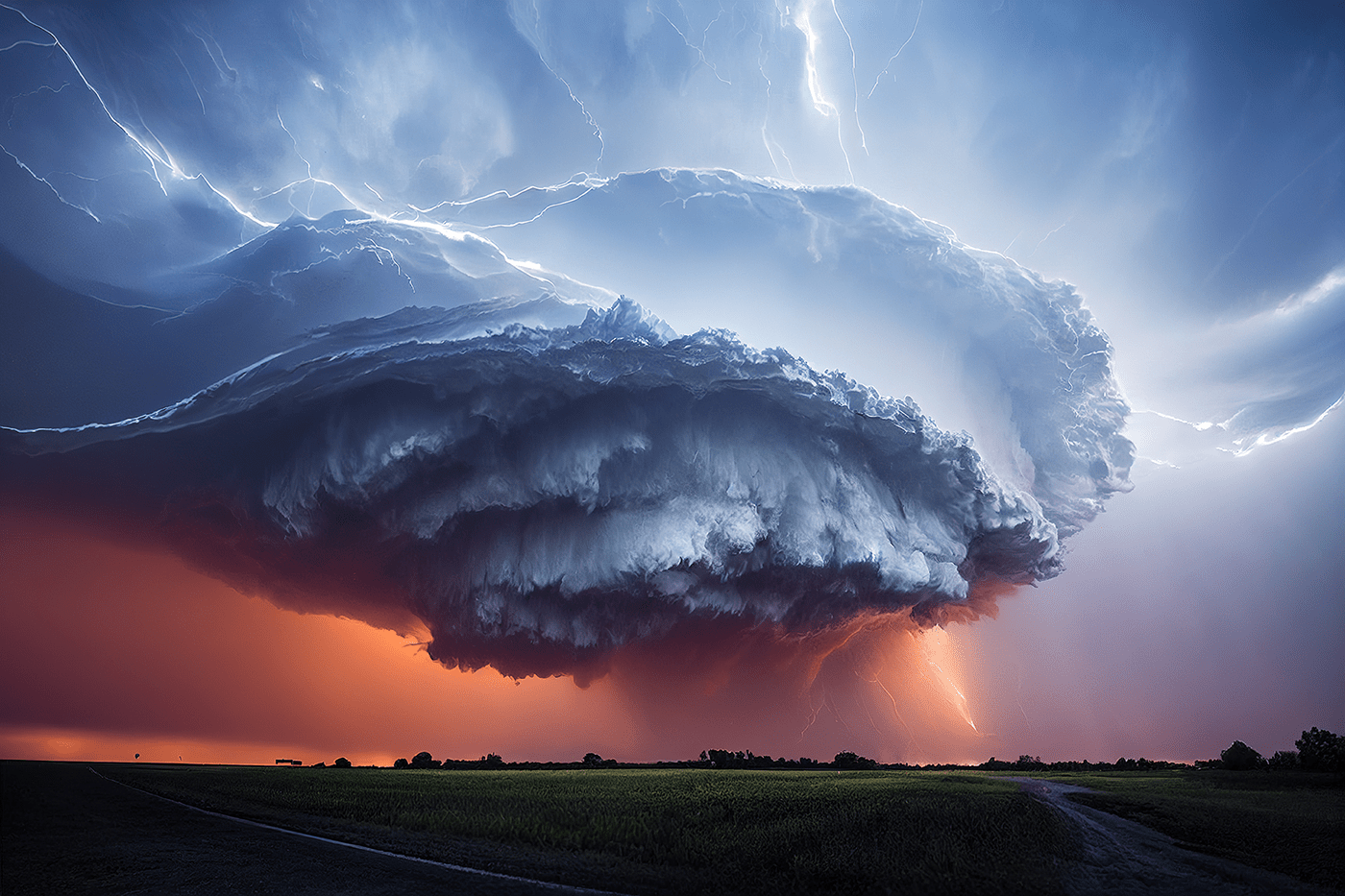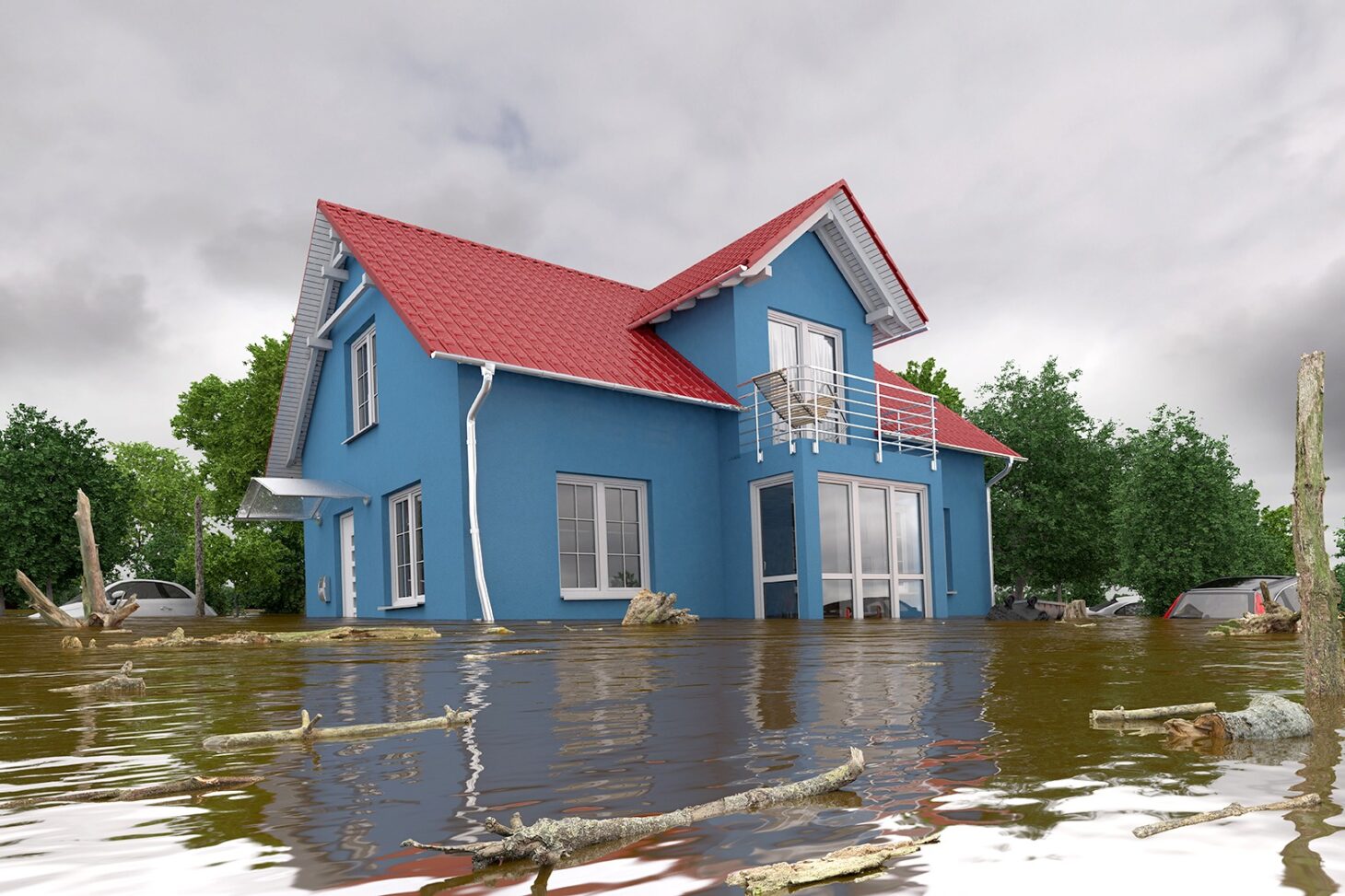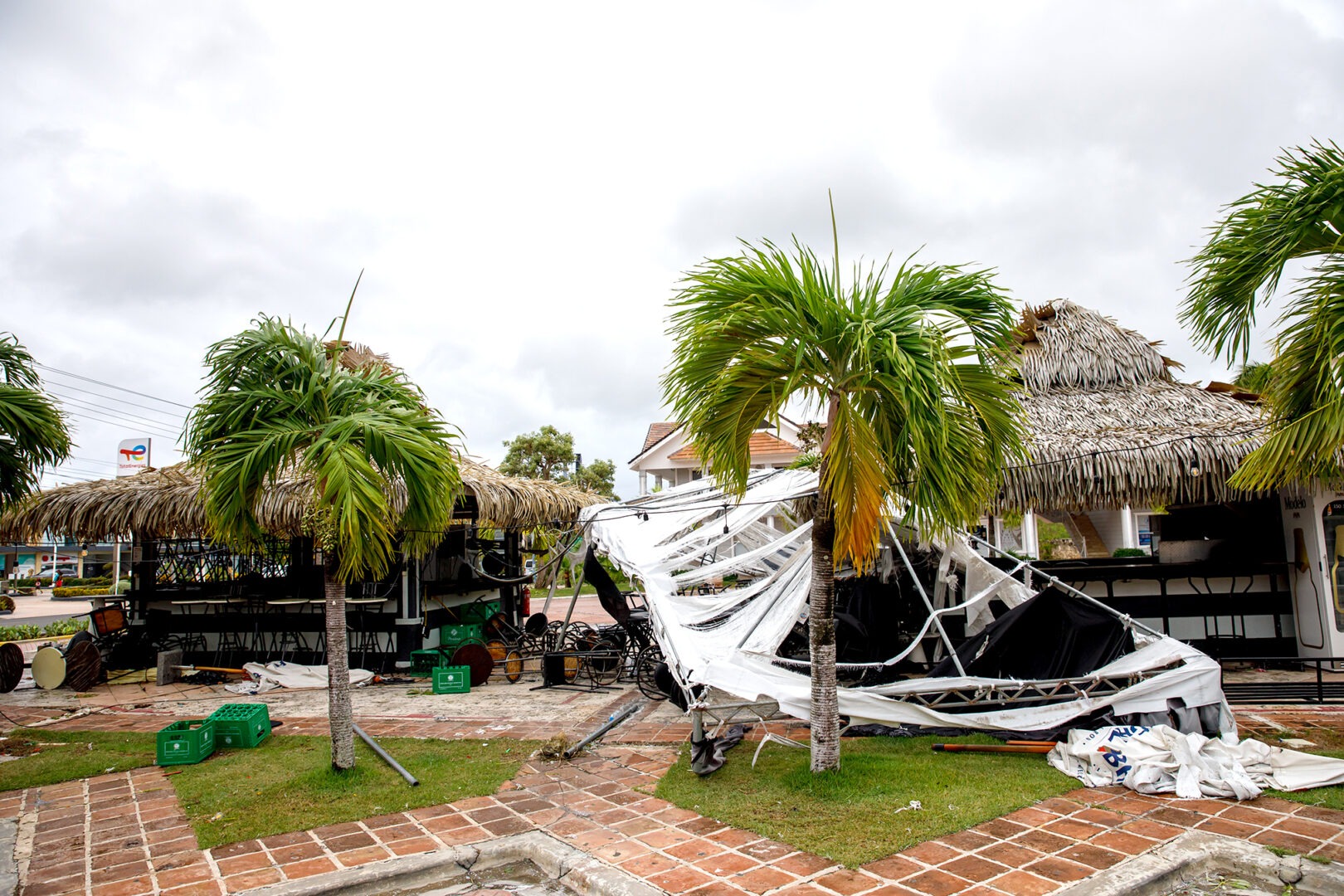
In September 2022, after surging north from the Caribbean, Hurricane Fiona ripped through Atlantic Canada and eastern Quebec as a post-tropical storm. Its heavy rains, huge waves and
hurricane-strength winds caused more than 25 deaths, displaced 13,000 people and damaged many structures across the Maritimes and Newfoundland and Labrador. At Port aux Basques, at the extreme southwestern tip of Newfoundland at the western end of the Cabot Strait, entire buildings were washed into the sea.
Fiona cost local economies in Canada nearly $4 billion – one of the year’s most expensive climate disasters worldwide. Only about a tenth of the losses were insured, as most property owners did not have coverage for flooding damage caused by storm surges.
A wide variety of hazards
One of the most dangerous points in a building’s life is right after a significant natural disaster, says Jim Mandeville, senior vice president of large loss at First Onsite Property Restoration. The company specializes in home, industrial and manufacturing recovery and restoration after catastrophic natural events such as hurricanes, floods, fires and earthquakes, and has offices in Canada and the U.S.
Mandeville says there are many hazards to consider when entering a building after a natural disaster.
“Things like earthquakes and hurricanes, where we have substantial structural damage, we’re concerned about overhead damage, falls, collapses, exposed sharp things, broken glass. We’re also worried about energetic hazards – live electrical, potentially live gas,” he said.
“In other types of events, like wildfires, we’re also concerned about air quality. I’ve [also] been in situations after a fire in the North where we have to worry if there’s a bear in somebody’s house when places have been left unoccupied for quite some time as wildfires rage around a town. There are lots of bears up in Northern Canada, and parts of the United States, and they [tend] to go where the food is.”
Soil-shifting compromises a building’s foundation
Mandeville says an earthquake is the most severe event regarding structural concerns, and every structure must be assessed by a professional engineer afterwards.
Foundation damage is frequently an issue after hurricanes as high winds can push a structure and affect how the walls connect with the foundation, as can damage caused by flying or floating debris. The strong winds and storm surges associated with hurricanes may cause landslides and soil erosion, or shifting that can compromise the integrity of a building’s foundation. As floodwaters from a hurricane or heavy storm begin to recede, uneven ground subsidence around a building may become problematic, particularly if the soil becomes saturated, or the building is not properly anchored.
“When it comes to natural disasters such as hurricanes or floods, typically there’s a visual inspection done by the building owner as well as by an informed party, usually a general contractor or a restoration contractor like ourselves,” said Mandeville. “Then, if we see any visual evidence of real problems, we’re going to involve a structural engineer. It depends on what it is, but if it looks wrong, it’s probably wrong.”
Once First Onsite determines a potential problem with a building, they work with several professionals, including experts who deal specifically with the viability of foundations – geotechnical engineers, structural engineers, envelope consultants and roofing consultants – to get a building back in shape.
“Perhaps there’s a cost-effective solution, circumstances where it’s potentially just some damage to a roof or to the corner of a foundation. And sometimes, deep foundation damage can be rectified through a variety of means, such as the addition of helical piles or additional materials beneath the existing structure,” Mandeville said.
“If it looks wrong, it’s probably wrong.”
JIM MANDEVILLE, FIRST ONSITE PROPERTY RESTORATION
However, such mitigation activities can be extremely complicated and costly, and must be weighed against the value of the structure.
“Unfortunately, with smaller and less complex buildings like people’s houses, there are obvious circumstances where we know it’s not going to be worth fixing. If the foundation were to be compromised by an earthquake or even by liquefaction during a flood, most of the time it’s just not cost-effective to repair,” he said. “Given the value of homes, if we walk up to a house and it has sunk two feet on one side, I don’t need a structural engineer to tell me it’s cheaper to tear it down and start again.”
Naturally-occurring sinkholes are rarely a problem in Canada, unlike in Florida, for example, Mandeville says.
“But we certainly have issues in large portions of the Prairies with very clay-heavy soils, soils that don’t compact well and [tend] to liquefy and move when they have a lot of water in them … but engineers have been involved, modern codes have been adjusted, and now, a lot of construction in parts of Saskatchewan and Alberta uses piling and bond beams, even for things like three-
storey apartment buildings, which we wouldn’t normally see in Ontario.”


Minor changes make buildings more resilient
“Oftentimes minor changes can be made during the course of construction that can amount to a great deal of resilience in that building, like adding hurricane straps to wood-frame structures, which might add a tenth of one per cent to construction cost, but may mean the difference between that roof being blown off during a hurricane or not,” Mandeville said. “As climate change evolves, we’re seeing the risk to buildings increase dramatically, so building things to bare-minimum code does not seem very wise to me at this point, especially from a structural perspective.
“It’s really important that preparedness and prevention are always top-of-mind. The best time – and certainly the cheapest time – to protect against climate change is during that initial design and construction phase.”
Even though the price of building has increased dramatically, and customers are always looking to save money, Mandeville says a few extra dollars spent during construction might be the difference between your building surviving a natural disaster or not.
“And as for the foundation – more is better, stronger is better. Just because it worked in the past doesn’t necessarily mean it’s good enough now,” he said. ![]()